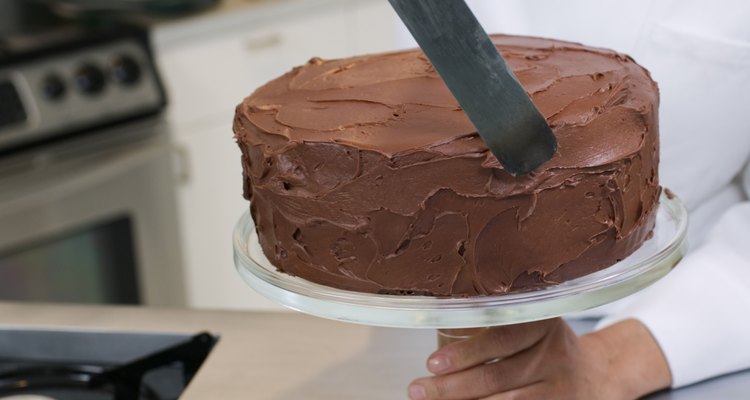
For many beginning cooks, cake frosting comes in a can or is made from a quick creaming of butter and confectioner's sugar. In the day when baking was a regular weekly household chore, many frostings started with more readily available granulated sugar. For a granulated-sugar frosting, reach for a saucepan before you get out the mixing bowl. Cooked granulated-sugar frostings take time, but results are old-fashioned delicious.
Cooking Granulated Sugar Frostings
For the smoothness that makes frosting so appealing, granulated sugar needs to be dissolved. The rapidly moving molecules of hot liquids accelerate the rate at which sugar dissolves and lets you use less liquid that if it is cold. Before supermarkets, stores were more likely to stock multi-purpose granulated sugar than specialized sugars. Using the same sugar for frosting as for cake let homemakers create desserts easily and economically. Cooks who make granulated-sugar frostings claim the extra work they require results in deep, intense flavors unobtainable by quick-mix techniques. Use your electric mixer whenever possible to make the process easier.
Seven-Minute Frosting
For some beginning cooks, seven-minute frosting was their introduction to a double-boiler. Beat sugar, corn syrup, vanilla, egg white and cream of tartar over rapidly boiling water to make a lofty meringue frosting. Seven minutes of vigorous stirring sounds like a lot of work, but the frothy results turn a simple cake into a spectacular cloud of dessert.
One-Minute Frosting
A single minute of stirring over heat creates a dense, fudgy chocolate frosting from cocoa, granulated sugar, butter, milk and a dash of vanilla. One minute is a bit of a misnomer. Ingredients need to spend 1 minute at a boil, then require beating for 3 additional minutes off the heat to cool and thicken. The resulting thick, nearly chewable fudge frosting makes those 3 extra minutes well worth the time.
Caramelized Sugar Frosting
Caramel frosting relies on the browning capacities of granulated sugar. For this Southern classic, time is of the essence, and plenty of time is needed. Allow 30 to 40 minutes for caramel frosting. Cooked alone, granulated sugar caramelizes at between 340 and 350 degrees Fahrenheit, and this caramel can be used to glaze dishes that will hold creme caramel custard or added to sauces and glazes. For caramel frosting, cook sugar with buttermilk, butter or a mixture of butter and shortening, stirring until it begins to brown. A bit of baking soda keeps the frosting from getting too dense and hard to eat. Penuche frosting relies on a combination of granulated brown sugar and confectioner's sugar for a less complex but quicker-to-assemble caramel-flavored frosting.
German Chocolate Cake Frosting
The combination of evaporated milk or fresh cream, sugar and butter cooks up into a thick paste to hold coconut, pecans and a spoonful of vanilla, designed to spread between layers of German chocolate cake. Cook the milk-sugar-egg mixture over medium heat until sugar is dissolved and the mixture is bubbling, or less than 10 minutes. Like many other cooked granulated-sugar frostings, beating while frosting cools is the key to the final texture. In this case, coconut and pecans enhance a smooth, creamy frosting.
Cooked Cream Cheese Icing
This favorite for carrot, red velvet and spice cakes begins with a white sauce made from flour, milk and sugar. Bring to a boil over high heat, then beat the sauce with cream cheese for up to 10 minutes, until the mixture has cooled. Cooking diminishes the chalkiness detectable in some confectioner's sugar cream cheese frostings and reduces the chances of too much sweetness.
Related Articles

What Is the Difference Between Creme ...

How to Fix Grainy Whipped Ganache
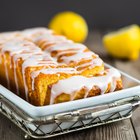
How to Make Drizzle Icing From Frosting ...

How to Make Cake Frosting Into a ...

Do You Let Cooked Chocolate Icing Cool ...

Does Seven-Minute Frosting Need to Be ...

How to Make White Drizzle Frosting
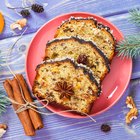
How to Freeze a Fruitcake

What Is Certo Used For?
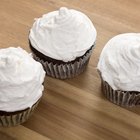
How to Make Whipped Frosting for Cake ...

List of Latin American Foods
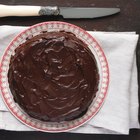
Simple Chocolate Frosting Recipe
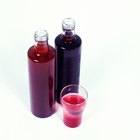
How to Make Sweet Syrup With Fruit Juice
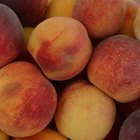
How to Prepare Peaches to Make Peach Pie
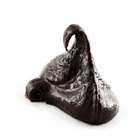
Making Chocolate From Cocoa Powder

How to Boil Blackberries & Sugar for a ...
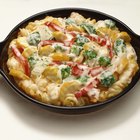
Do I Need to Cook Broccoli Before I Put ...

How to Make Arby's Jamocha Shake In ...
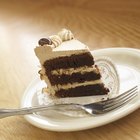
How to Add Irish Cream to Buttercream ...

How to Make Homemade Traditional Polish ...
References
- Karo: Seven Minute Frosting
- CD Kitchen: 1 Minute Chocolate Frosting
- Add a Pinch: Southern Caramel Icing
- Pillsbury: German Chocolate Cake with Coconut Pecan Frosting
- The Kitchn: Extra-Creamy Cooked Cream Cheese Icing
- What's Cooking America: Caramelized Sugar -- How to Caramelize Sugar
- Land O Lakes: Creamy Penuche Frosting
Writer Bio
Janet Beal has written for various websites, covering a variety of topics, including gardening, home, child development and cultural issues. Her work has appeared on early childhood education and consumer education websites. She has a Bachelor of Arts in English from Harvard University and a Master of Science in early childhood education from the College of New Rochelle.
Photo Credits
Creatas/Creatas/Getty Images